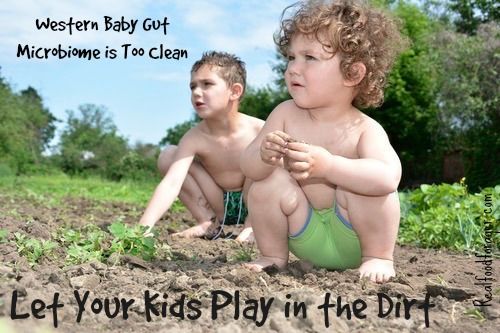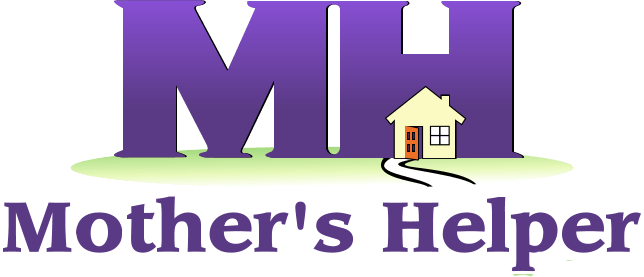Mindfulness with your baby
 I’m sorry that it has been so long since my last post. I suppose that my long breaks between blog posts means that I am really just talking to myself. That said, I was talking to myself again yesterday and I was struck by a thunderbolt. So here is my latest brain bender. I’m sorry this is pretty heavy stuff, but its the way my mind works.
I’m sorry that it has been so long since my last post. I suppose that my long breaks between blog posts means that I am really just talking to myself. That said, I was talking to myself again yesterday and I was struck by a thunderbolt. So here is my latest brain bender. I’m sorry this is pretty heavy stuff, but its the way my mind works.
The internet is an amazing place, this morning I was wandering through social media and I was struck by three disconnected and yet interrelated articles. The first was an article posted by a behavioral psychologist Michael McKnight stating that children with 4 or more ACE (Adverse Childhood Experiences) were 500% more likely to become addicted to alcohol or drugs as an adult. The second was an article on leadership written by Michael Brasseur where he quoted Peter Drucker saying “Culture eats strategy for breakfast”. The final one was a YouTube video demonstrating the Galton Board, which shows that if you drop multiple beads from a funnel onto a peg-board they will fall with normal distribution ( https://youtu.be/Kq7e6cj2nDw ). Each of these by themselves are interesting ideas, but in my head, I put them all together and it made me put everything else I was supposed to be doing aside until after I got these thoughts down on paper.
What would happen if we looked at each bead on the Galton board as a child being born into the world? As each bead falls from the funnel (birth), they strike the same peg (Mother). From there, they bounce (react) either left or right and they move to the next bead. How each bead strikes the subsequent peg is based by how they reeled off of the last peg. The angle and force with which they strike the next peg will determine how they bounce and where they land next. Now, on the Galton board every bead is the same and every peg is the same, there are no flaws or emotions that influence the fall of the bead. But in life each child and each interaction is influenced by the people involved and how they respond to each other.
This brings me to the psychologic work mentioned by Michael McKnight. McKnight showed that adverse childhood experiences (ACE) negatively impact the child’s development. Meaning that every time a child is exposed to an ACE (abuse, neglect, parental separation, divorce or incarceration etc.…) they are more likely to bounce to negative rather than the positive. In McKnight’s study he showed that the link between ACE and addiction is stronger than the link between obesity and diabetes. Let that sink in for a moment. It means that every time a child is exposed to an adult (or even another child), that child has the option to bounce either right (to the positive) or left (to the negative). The more positive experiences we can offer a child, the more likely that child is to bounce toward the positive side of the bell curve. The same goes for the negative. The more a child is ignored, not spoken to kindly, raised alone or in a divorced or single parent home, exposed to crime, violence, abuse and neglect, the more likely that child is to bounce to the left, and the left again, and the left yet again.
Then there is the powerful statement by Peter Drucker “Culture eats strategy for breakfast.” What this means is that when you establish a positive environment you will get better outcomes regardless your strategy. Likewise, interventions (or strategy) are less likely to overcome an environment or culture of negativity. So a child born into a home with two loving parents, who speak kindly to them, breastfeed the child, provide positive experiences throughout their life. Parents who send their children to a positive learning environment (either home school or quality public schools) and surround the children with loving adult role models such as coaches and mentors are far more likely to see that child bounce to the positive again and again.
Finally, I wanted to mention a crazy idea. What happens if we shift the Galton funnel to the right? What happens when we adults who have children in our lives focus on creating a positive environment every time, for every child? Would we see a curve that is skewed to the right? What if we ensured that every child had two loving adults in the home, every child was breastfed, every child was cared for and cherished through their critical developing years? We would still have outliers, that is to be sure, but the mean is likely to shift to the right.
What does that mean to you? What does that mean to your patients and your families? What does that mean for your children? Is this an impossible day dream? If so, why? Who is responsible for your child’s health and wellness?



